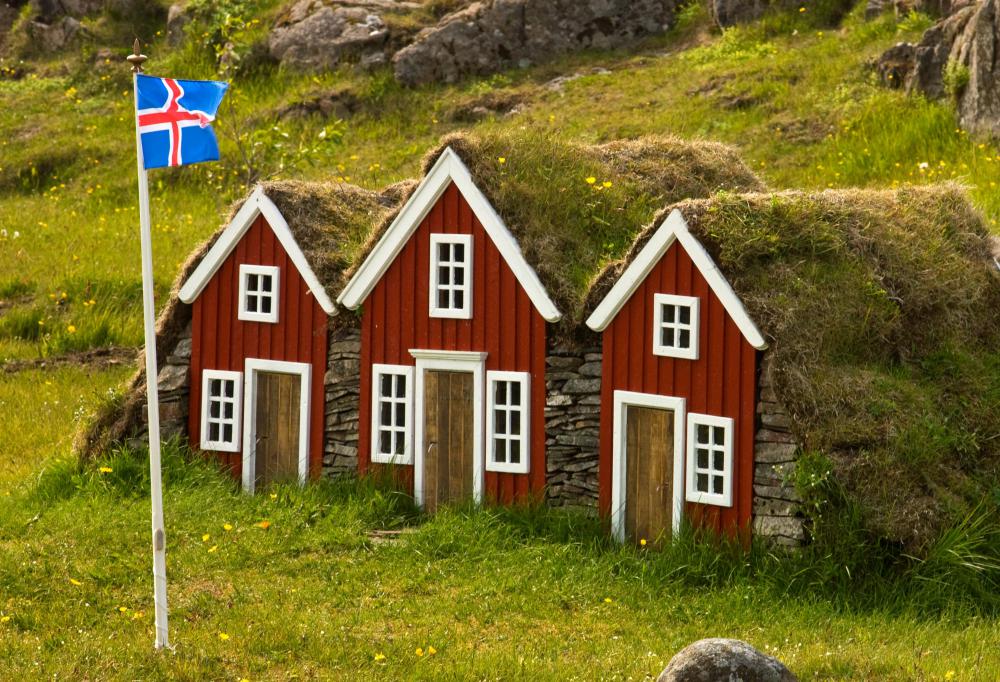At WiseGEEK, we're committed to delivering accurate, trustworthy information. Our expert-authored content is rigorously fact-checked and sourced from credible authorities. Discover how we uphold the highest standards in providing you with reliable knowledge.
What are Green Walls?
Green walls are walls which are covered with plants, creating a lush green face. In addition to looking pretty neat, green walls also have a number of benefits, both indoors and outdoors. Numerous designers have created distinctive and stunning green walls with incredibly diverse plantings, ranging in size from small accent walls to green walls which cover the entire side of a building. Several companies offer various installation options to people who are interested.
Much like the closely related concept of the green roof, green walls have a number of environmental benefits. They help conserve energy by providing a layer of insulation which also acts as soundproofing, for example. Green walls on exterior walls help to control stormwater runoff, while interior green walls filter air in a building. Green walls will help keep buildings cooler in the summer and warmer in the winter, and in cities where a large number of green walls are installed, the entire city could potentially have a more stable temperature, with the green walls acting in the same way that parks do.

You may also hear green walls referred to as “vertical gardens,” because this is exactly what they are. There are two primary kinds of green walls. A green facade is made by building a supportive framework and training plants to climb it. The framework is typically distanced slightly from the wall so that the plants remain on the framework rather than attaching to the wall, and the plants can be installed in planters at the base or top of the wall; on an exterior wall, the plants can also be grown in planters interspersed along the wall.
A living wall, on the other hand, uses panels of plants which are affixed directly to the wall, typically with a waterproof membrane between the green wall and the structural wall behind it. These walls use a drip irrigation system, with a gravel bed beneath the wall to help filter the water. A living wall can be far more diverse than a green facade, as plants can be arranged on the panels in any way desired. Typically, the panels are started in a horizontal position, and once the plants have spread to cover them, the panels are installed.
Many people find green walls pleasing to look at, especially indoors. In something like an office building, a green wall can bring a bit of nature indoors, providing a pleasant space for people to relax and unwind. In private homes, green walls can be dramatic features which also keep the air fresh and clean. Because green walls are viewed as environmentally friendly, it is sometimes possible to get special credits for installing a green wall, making it an economically sound decision when one combines these credits with long term energy savings.
AS FEATURED ON:
AS FEATURED ON:











Discuss this Article
Post your comments